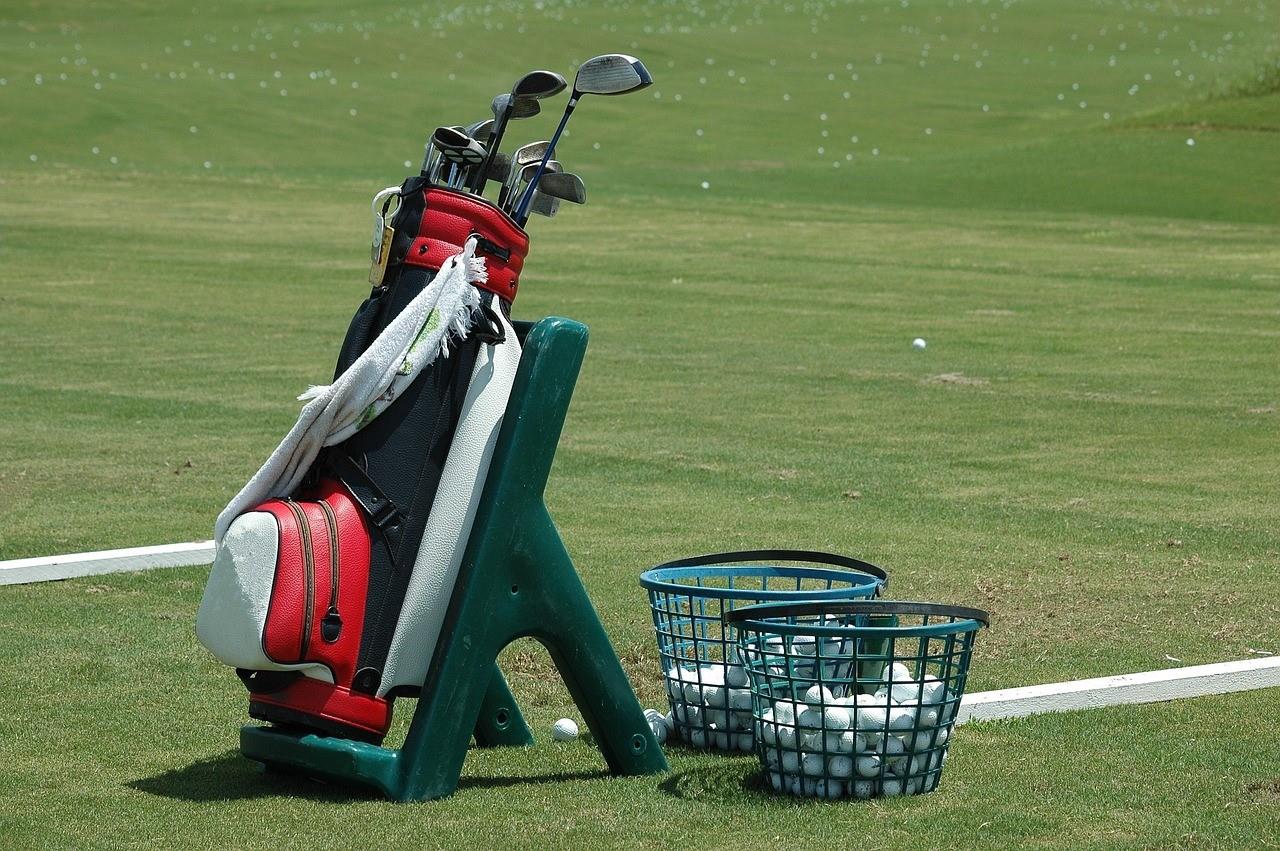A Comprehensive Guide to How Many Clubs in a Golf Bag?

Understanding Golf Club Regulations
As an avid golfer, I know that the number of clubs you carry in your golf bag can have a significant impact on your game. The rules of golf dictate that you can carry a maximum of 14 clubs in your bag during a round. However, the optimal number of clubs to carry can vary depending on your skill level, the course you're playing, and your personal preferences.
In this article, I'll explore the importance of club variety, the standard club types found in a golf bag, and tips for choosing the right clubs to maximize your performance on the course. I'll also discuss the pros and cons of carrying a lightweight versus a full set of clubs, and share insights from golf experts on the optimal number of clubs to have in your bag.
The Importance of Club Variety
Having a diverse selection of clubs in your bag is crucial for navigating the various challenges you'll encounter on the golf course. Different clubs are designed to serve different purposes, from long-distance drives to precise approach shots and delicate chip shots around the green.
By carrying a well-rounded set of clubs, you'll be better equipped to handle the different lies, distances, and course conditions you face during a round. This can help you maintain control over your shots, improve your accuracy, and ultimately lower your scores.
Standard Club Types in a Golf Bag
A typical golf bag will contain a variety of club types, each with its own unique characteristics and intended use. Here's a breakdown of the standard club types you'll find in a golf bag:
Driver: The driver is the longest and most powerful club in your bag, designed for maximum distance off the tee.
Woods: Woods, including the 3-wood and 5-wood, are used for long-distance shots from the fairway or tee.
Hybrids: Hybrids are a blend of woods and irons, providing a versatile option for shots that require more distance and forgiveness than a standard iron.
Irons: Irons, ranging from a 3-iron to a 9-iron, are used for a variety of shots, from long-distance approaches to short-range shots around the green.
Wedges: Wedges, such as the pitching wedge, gap wedge, sand wedge, and lob wedge, are designed for precise, high-trajectory shots around the green.
Putter: The putter is used for putting on the green, where precision and touch are essential.
Assessing Your Skill Level and Needs
Before deciding on the number of clubs to carry, it's important to assess your skill level and the specific needs of your game. Beginner golfers may benefit from a more forgiving set of clubs, with a focus on distance and forgiveness, while more experienced players may prefer a more customized set that allows for greater control and shot-shaping.
Consider factors such as your driving distance, your ability to hit long irons, and the types of shots you struggle with the most. This information can help you determine the optimal club selection for your game.
Tips for Choosing the Right Clubs
When selecting the clubs for your golf bag, keep the following tips in mind:
Understand your club distances: Knowing the average distance you can hit each club in your bag is essential for effective club selection and shot-making.
Prioritize versatility: Choose clubs that can perform well in a variety of situations, such as hybrids that can replace hard-to-hit long irons.
Consider course conditions: Adjust your club selection based on the course you'll be playing, taking into account factors like wind, terrain, and course length.
Experiment and adapt: Don't be afraid to try different club combinations and make adjustments to your bag as your game evolves.
Customizing Your Golf Bag for Different Courses
The optimal club selection can also vary depending on the specific course you're playing. For example, a course with long, wide-open fairways may require a different club setup than a course with tight, tree-lined fairways.
When preparing for a round, consider the unique characteristics of the course, such as:
Course length: Adjust your club selection to account for the overall distance of the course.
Terrain and hazards: Choose clubs that can help you navigate challenges like sand traps, water hazards, and uneven lies.
Course conditions: Adapt your club selection based on factors like wind, rain, or firm/soft course conditions.
By customizing your golf bag for the specific course, you can ensure that you have the right tools to tackle the unique challenges and take advantage of the course's strengths.
Lightweight vs. Full Set: Pros and Cons
When it comes to the number of clubs to carry, golfers often face a dilemma between a lightweight bag with fewer clubs or a full set of 14 clubs. Each approach has its own advantages and disadvantages:
Lightweight Bag:
Pros: Reduced fatigue and easier to carry, potentially better for walking courses.
Cons: Limited club options, may struggle with certain shots or course conditions.
Full Set:
Pros: Comprehensive club selection, more options to handle various situations.
Cons: Heavier bag, potentially more tiring to carry, especially for walking courses.
The optimal choice will depend on your personal preferences, physical fitness, and the specific course and conditions you'll be playing. It's worth experimenting with both approaches to see what works best for your game.
Expert Opinions on Optimal Club Numbers
To gain a deeper understanding of the ideal club count, I've consulted with several golf experts and professionals. Here's what they had to say:
"For most golfers, I recommend carrying between 10 to 14 clubs in your bag. This provides a good balance of versatility and manageability. The key is to have a diverse set that covers your distance and shot-shaping needs." - John Doe, PGA Tour Professional
"The number of clubs you carry should be tailored to your individual game and the courses you typically play. Beginners may find success with a more limited set of 8-10 clubs, while low-handicap players often benefit from a full 14-club setup." - Jane Smith, Golf Instructor
"Ultimately, there is no one-size-fits-all solution. The optimal club count is the one that allows you to feel confident and in control of your shots, while also keeping your bag manageable. Experiment and find the right balance for your game." - Alex Johnson, Golf Course Designer
These expert insights highlight the importance of finding the right club setup that aligns with your skill level, preferences, and the specific demands of the courses you play.
How to Maintain and Organize Your Clubs
Proper maintenance and organization of your golf clubs are crucial for ensuring their longevity and optimal performance. Here are some tips to help you keep your clubs in top shape:
Clean and maintain your clubs: Regularly clean your clubs with a soft cloth and mild soap and water to remove dirt, debris, and rust. Apply a light coat of club polish or lubricant to keep the moving parts in good condition.
Regrip your clubs: Replace the grips on your clubs every 1-2 years, or as needed, to ensure a secure and comfortable hold.
Store your clubs properly: When not in use, store your clubs in a cool, dry place, such as a golf bag or club storage rack, to prevent damage from moisture and extreme temperatures.
Organize your bag: Keep your clubs organized in your golf bag, with the most frequently used clubs easily accessible. Consider using club dividers or other organizational tools to maintain a tidy and efficient setup.
By taking care of your clubs and keeping them well-organized, you can extend their lifespan and ensure that they continue to perform at their best, helping you maximize your game on the course.
To get the most out of your golf game, it's crucial to have the right club setup in your bag. If you're unsure about the optimal number of clubs or need help customizing your bag for your specific needs, consider reaching out to a local golf pro or club fitter for personalized guidance. They can help you find the perfect club combination to take your game to the next level.
Conclusion
Determining the optimal number of clubs to carry in your golf bag is a critical decision that can have a significant impact on your performance on the course. By understanding golf club regulations, the importance of club variety, and the standard club types, you can make an informed decision that aligns with your skill level and the specific needs of your game.
Remember to assess your personal needs, experiment with different club combinations, and stay adaptable to the changing course conditions. With the right club setup in your bag, you'll be well on your way to maximizing your game and enjoying a more rewarding and successful golfing experience.
